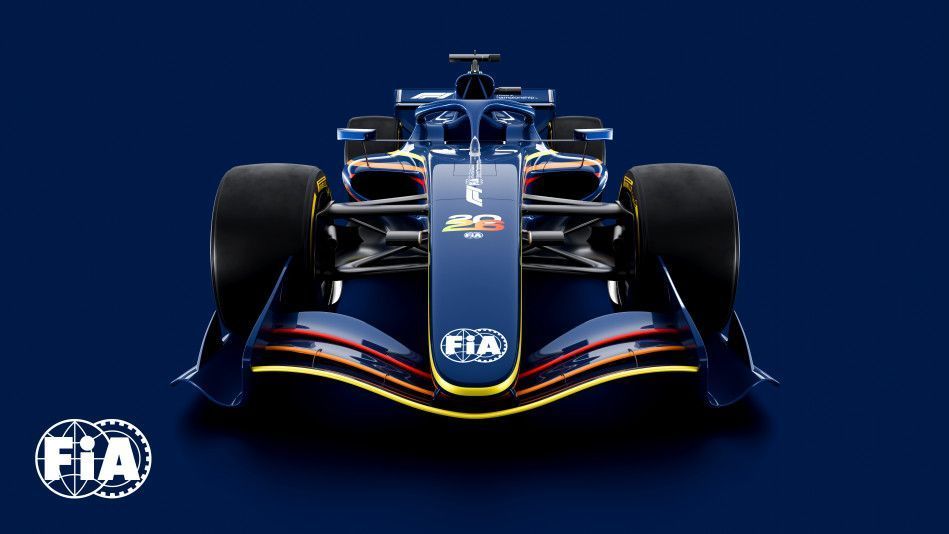Formula 1’s Rule Book Revolution: Balancing Speed, Electrification, and Innovation
As the 2026 Formula 1 season approaches, the FIA faces the daunting task of rewriting the rule book to balance the sport’s objectives with the laws of physics. With 10 teams, six engine manufacturers, and millions of fans to consider, finding a solution that pleases everyone is like spinning plates in a dark concert hall.
At the heart of the issue is the power unit, with a 50/50 split between electric and combustion power set to become a reality. While this ambitious goal is environmentally friendly, it poses significant challenges. The dramatic increase in electrification, from 80/20 to 53/47, has sparked concerns about battery life, downforce, and overall car performance.
FIA director of single-seaters Nikolas Tombazis has dubbed the new regulations a “moderate revolution,” but admits that much work remains to be done. The still-evolving draft of the chassis and aerodynamic regulations is set to be approved by the WMSC on June 28, with the final version expected to be published by January 1, 2025.
Aerodynamic Solutions
One of the key areas of concern is the aerodynamic solution. To make battery power go further, the FIA plans to slash drag levels by 55% and reduce downforce by 30%. This will be achieved through active aerodynamics, including a more powerful version of the current drag reduction system (DRS), known as “X-mode.” The low-drag setting will work by opening flaps in both the rear and front wings, allowing air to pass through the wing without generating downforce.
However, this solution raises concerns about overall car performance. Although acceleration out of corners and straight-line speeds will likely increase, cornering speeds are set to drop significantly. Red Bull team principal Christian Horner has emphasized the need for enough freedom in the chassis regulations to ensure F1 isn’t turned into an engine formula.
Tombazis acknowledges that the cars will be slower but believes that with time left to determine the exact drag/downforce tradeoff, the fears are unfounded. He urges the wider F1 community not to panic, insisting that the final regulations will ensure cars are faster than F2.
Engine Regulations and Weight Reduction
One possible solution is to reduce the reliance on battery power by tweaking the engine formula. Under the existing 2026 engine regulations, the V6 turbo’s power is restricted by fuel flow, meaning upping it to take some of the strain off the battery would be achievable. However, engine suppliers like Mercedes are unwilling to deviate from the signed-off regulations.
Weight reduction has also been a target for the FIA, with a goal of reducing the car’s mass by 30 kilograms. However, many voices in the paddock believe this target is close to unachievable, citing the increased demands on the battery and energy recovery system.
As the June 28 WMSC deadline approaches, it’s clear that the 2026 regulations are far from being finalized. Despite the concerns raised, most team bosses believe a valid set of regulations can be agreed upon before the end of the year. The challenge lies in finding a solution that balances speed, electrification, and innovation while pleasing all parties involved.
🔗 Source
